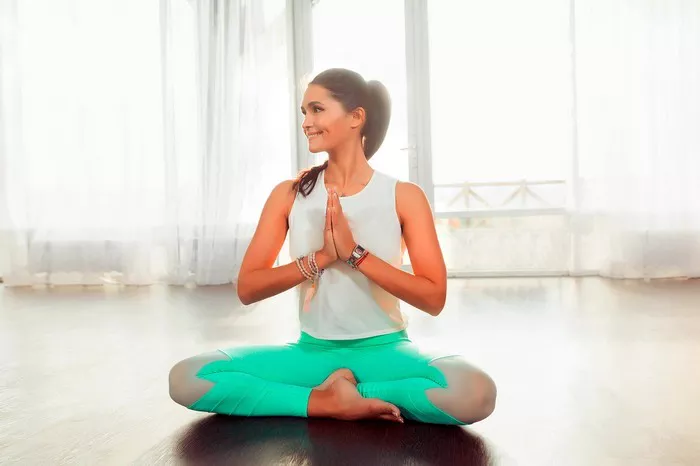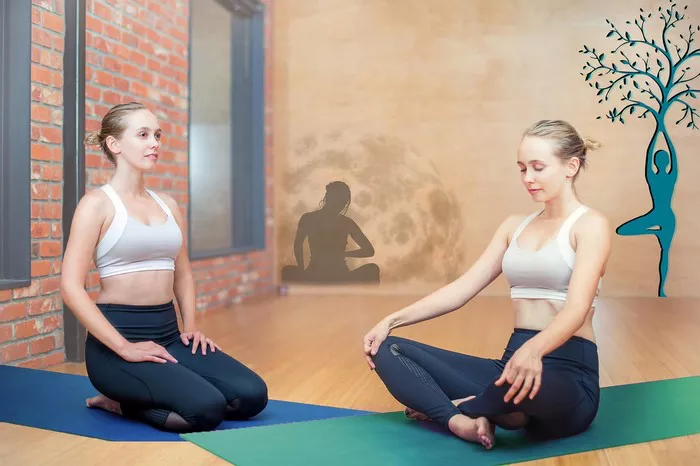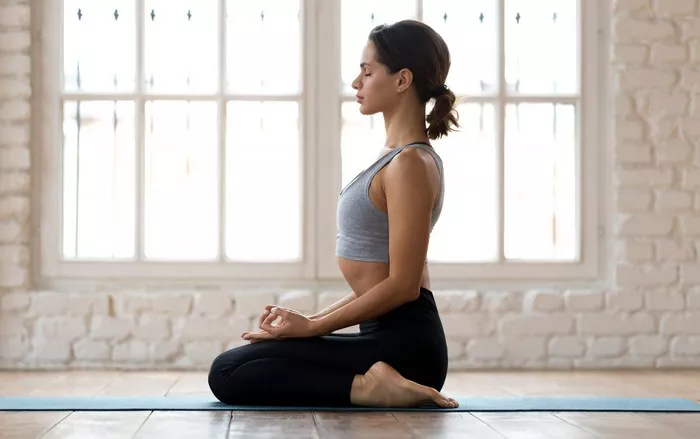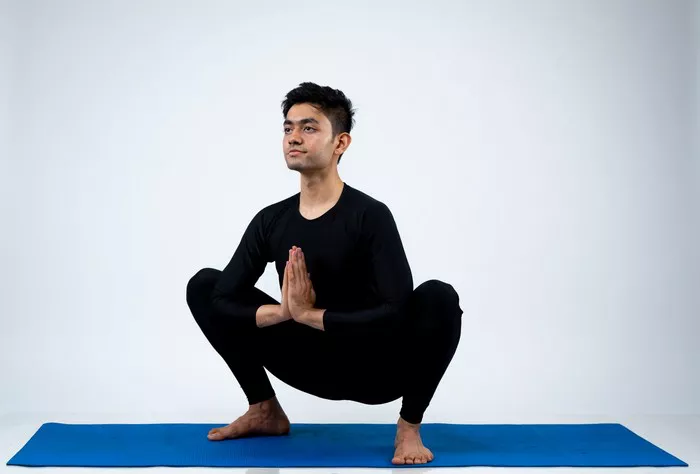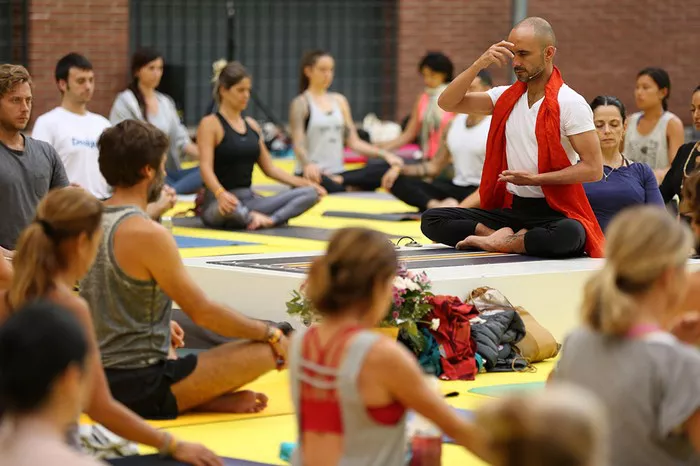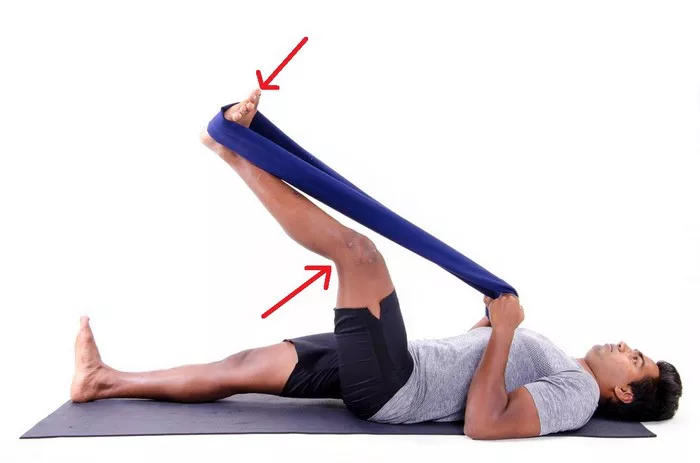Yoga, a practice that originates from ancient India, is often seen as a path to physical health, mental clarity, and spiritual balance. With its varied postures, breathing techniques, and meditation practices, yoga provides holistic benefits that transcend the body. Among the many poses in yoga, some are known for their deep therapeutic effects, while others help build strength and flexibility. One such pose is the Half Circle Pose, a dynamic posture that combines balance, stretching, and strength. In this article, we will explore what the Half Circle Pose is, its variations, benefits, and how to perform it correctly.
Understanding the Half Circle Pose
The Half Circle Pose in yoga, also known as Ardha Chakrasana (derived from Sanskrit: Ardha meaning “half,” and Chakra meaning “wheel”), is a posture that mimics the shape of a half wheel or half circle. This pose is a variation of the full Wheel Pose (Chakrasana), but with less intensity and complexity, making it a great option for beginners and intermediate practitioners alike.
In the Half Circle Pose, the body forms a lateral arch, with one leg extended and the other bent, supporting the body through the hands or hips. The chest opens up as the spine stretches and creates a curve, resembling half of a circular arc. This posture strengthens and stretches several muscle groups, particularly the core, legs, and back. It also promotes flexibility and improves body alignment.
The Mechanics of the Half Circle Pose
Before diving into the benefits and variations of the Half Circle Pose, it’s important to understand the correct alignment and the mechanics of this posture. Here’s how to perform the Half Circle Pose step by step:
Start in a standing position: Begin by standing tall in Tadasana (Mountain Pose), with your feet hip-width apart and arms by your sides. Ground your feet firmly into the mat and maintain an upright posture.
Set your foundation: Step your feet wide apart—about three to four feet, depending on your body size. Turn your right foot out to a 90-degree angle and slightly bend your right knee, keeping your left leg straight. Keep your body facing forward for alignment.
Engage your core: As you take a deep breath, draw your navel towards your spine to engage your core muscles. This action will help maintain stability during the pose and protect your lower back.
Place your left hand on your hip: Extend your right arm overhead and reach towards the right side, keeping your chest open. You can either rest your left hand on your left hip or extend it straight out to the side for added balance.
Lean into the bend: Begin to gently bend your right knee and shift your body weight toward your right leg. As you do this, raise your left leg off the ground, extending it outward, keeping your body in a half-arc position.
Form the half-circle: Allow your right hand to gently rest on the floor (or block, depending on flexibility) while your left leg stays in the air. The right knee should remain slightly bent, and your left leg should be stretched out, parallel to the floor.
Open your chest: Keep your chest open as you lengthen your spine and look towards the side or slightly upward. Breathe deeply into your body and hold the pose for several breaths.
Exit the pose: To come out of the Half Circle Pose, slowly bend the left leg and lower your left foot to the floor. Engage your core as you bring your body back to the starting position. Repeat on the opposite side.
Variations of the Half Circle Pose
While the traditional Half Circle Pose follows the description above, there are several variations of this posture that cater to different levels of flexibility, strength, and experience. Here are some common variations:
Half Circle Pose with Blocks: For beginners or those with limited flexibility, placing yoga blocks beneath the hands can provide extra height and support. This variation makes the pose less intense while still providing many of the benefits.
Modified Half Circle Pose: Instead of placing your hand on the floor, you can place your hand on your thigh, hip, or a block. This variation reduces the intensity on the lower back and shoulders, allowing for a gentler experience of the pose.
Half Circle Pose with a Wall: If you’re concerned about balance, performing the Half Circle Pose near a wall can offer additional support. You can use the wall to gently lean on as you shift your weight into the pose, helping you maintain stability and control.
Dynamic Half Circle Pose: A more advanced variation involves adding movement into the pose. As you shift from one side to the other, you can incorporate controlled breathing and fluid motions, making the pose more dynamic and flowing.
Benefits of the Half Circle Pose
The Half Circle Pose provides an array of physical and mental benefits, including flexibility, strength, and improved balance. Some of the primary benefits include:
1. Strengthening the Core
The Half Circle Pose requires you to engage your core muscles to maintain balance and stability. This helps strengthen the abdominal muscles, obliques, and lower back, all of which are essential for overall posture and spinal health.
2. Stretching the Spine
The half-circle shape of this pose allows for a deep stretch along the spine, opening up the chest and lengthening the back. This is particularly beneficial for those who spend long hours sitting, as it helps reverse the effects of poor posture and spinal compression.
3. Improving Flexibility
As the pose requires a lateral stretch, it helps improve flexibility in the legs, hips, and shoulders. The extended leg and bent knee provide a gentle stretch for the inner thighs, hamstrings, and calves, while the arm extension enhances flexibility in the shoulders and chest.
4. Enhancing Balance
The Half Circle Pose challenges your sense of balance and body awareness. By practicing this posture, you will improve proprioception (the awareness of your body’s position in space), which enhances overall coordination and stability.
5. Opening the Chest
In this pose, the chest opens up and expands, allowing for a deeper breath and more oxygen flow. This can help reduce stress and improve lung capacity, contributing to better overall respiratory health.
6. Improving Mental Focus
As with many yoga poses, the Half Circle Pose requires concentration and mindfulness to maintain balance and alignment. The mental focus needed to stay present in the posture helps reduce mental distractions, promoting a sense of calm and clarity.
7. Releasing Tension in the Back and Neck
Many people carry tension in the neck, shoulders, and back, particularly in the upper body. The lateral bend in the Half Circle Pose helps to release tension in these areas, providing relief from tightness and discomfort.
8. Stimulating Digestion
The gentle twisting motion of the pose helps stimulate the digestive organs, promoting better digestion and alleviating bloating or discomfort.
Common Mistakes and How to Avoid Them
While the Half Circle Pose offers many benefits, it can be challenging for beginners. Here are some common mistakes to watch out for, along with tips on how to avoid them:
1. Overarching the Lower Back
It’s important to avoid over-arching the lower back while performing this pose. Keep your core engaged to protect your spine and avoid straining your lower back. If you feel discomfort in your lower back, ease out of the pose and try again with more support.
2. Not Keeping the Knees Aligned
Ensure that your bent knee (the one supporting your weight) is aligned directly above your ankle. Misalignment can lead to strain on the knee joint. Avoid letting your knee collapse inward or outward.
3. Forcing the Body into the Pose
Flexibility is important for the Half Circle Pose, but it should not be forced. If your body is not yet flexible enough, practice other poses to build flexibility and gradually work towards this one. Don’t force your body to make extreme adjustments in the posture.
4. Neglecting to Breathe
Many practitioners hold their breath while trying to balance, but this can cause unnecessary tension. Remember to breathe deeply and evenly throughout the pose, which will help you maintain focus and relaxation.
5. Lack of Support
If you’re new to the pose, consider using blocks or practicing near a wall for added support. These props can provide additional balance and help you feel more confident while performing the pose.
Conclusion
The Half Circle Pose is a valuable addition to any yoga practice, offering a variety of benefits for the body and mind. Whether you’re seeking to improve flexibility, strengthen your core, or enhance your balance, this pose can help you achieve your goals. By understanding the mechanics of the pose, experimenting with variations, and remaining mindful of your body’s limits, you can safely and effectively incorporate the Half Circle Pose into your yoga practice. With consistent practice, you will gradually notice improvements in your strength, flexibility, and overall well-being.
Related Topics:

